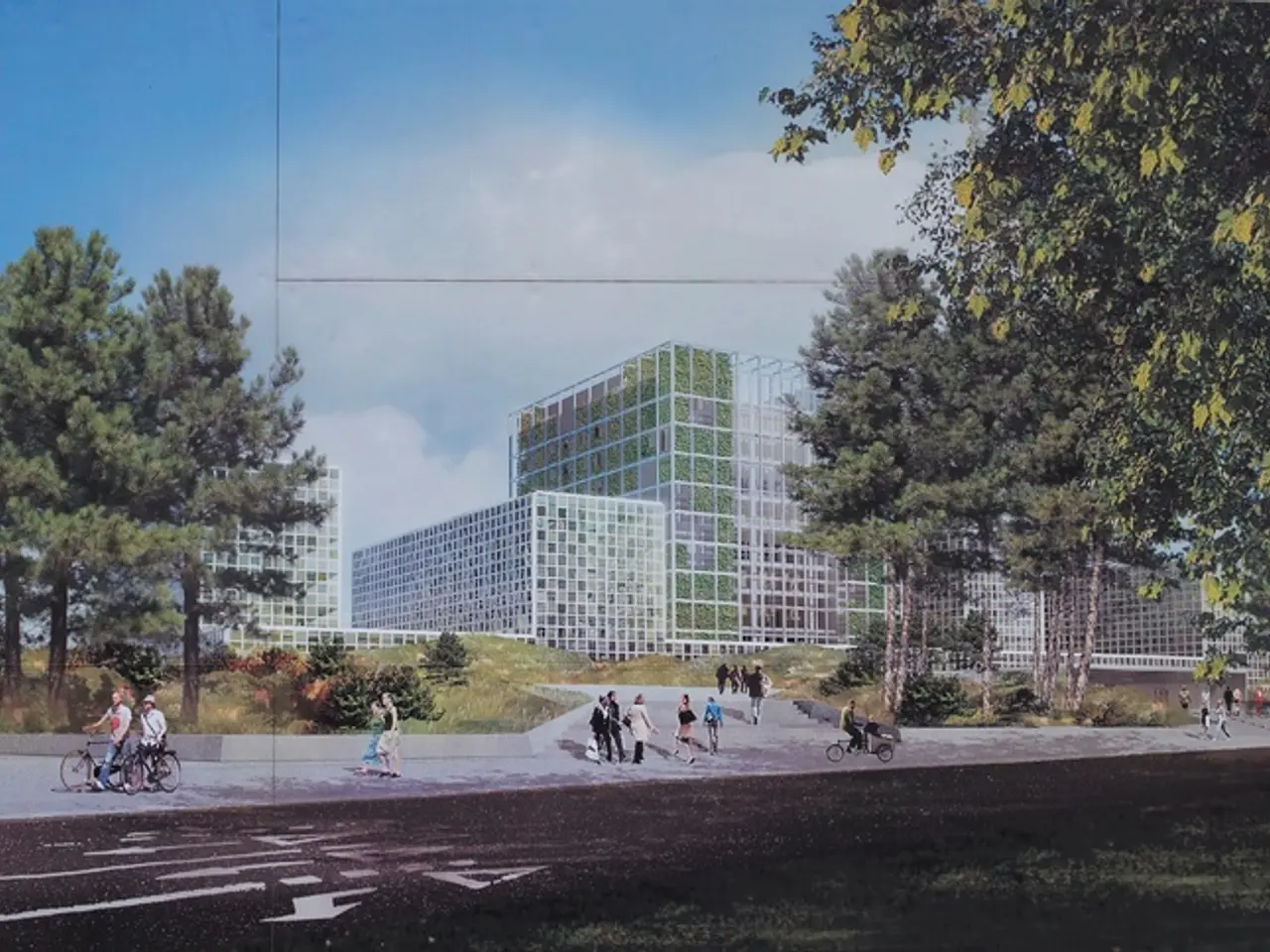Airbus, BMW, Quantinuum Achieve Quantum Breakthrough in Fuel Cell Research
A groundbreaking collaboration between Airbus, BMW Group, and Quantinuum has resulted in a hybrid quantum-classical workflow. This innovative approach, designed to accelerate quantum computing research, has already borne fruit in modelling the oxygen reduction reaction (ORR) on a platinum-based catalyst using a quantum computer.
The ORR, a critical process in fuel cells, has been challenging to model accurately using classical computers due to its quantum properties. However, the team's quantum computer successfully modelled the reaction on the surface of a platinum-based catalyst. This achievement opens doors to exploring alternative materials for fuel cells, potentially enhancing performance and reducing costs.
The hybrid quantum-classical workflow, developed by the trio of companies, combines the strengths of quantum and classical computing. It enables faster innovation, as noted by BMW Group's Dr. Peter Lehnert. Airbus' Isabell Gradert sees this as a significant step towards sustainable aviation, such as in the ZEROe aircraft project. Quantinuum's Ilyas Khan highlights the integration of quantum computing into industrial workflows of leading companies.
The successful modelling of the ORR using a quantum computer marks a significant milestone in fuel cell research. The hybrid quantum-classical workflow, developed through the collaboration of Airbus, BMW Group, and Quantinuum, promises to speed up future research and drive innovation towards sustainable mobility and aviation.
Read also:
- Aiming to simplify the move towards cleaner automobiles, the newly established ministry plans to take direct action with Pannier-Runacher, Létard, and Vautrin at the helm.
- "The imperfect yet essential documentary, "Planet of the Humans," raises challenging and uncomfortable inquiries"
- Exciting Escapades of Tintin
- More than half of British homes adhere to insulation standards established during the 1970s.








